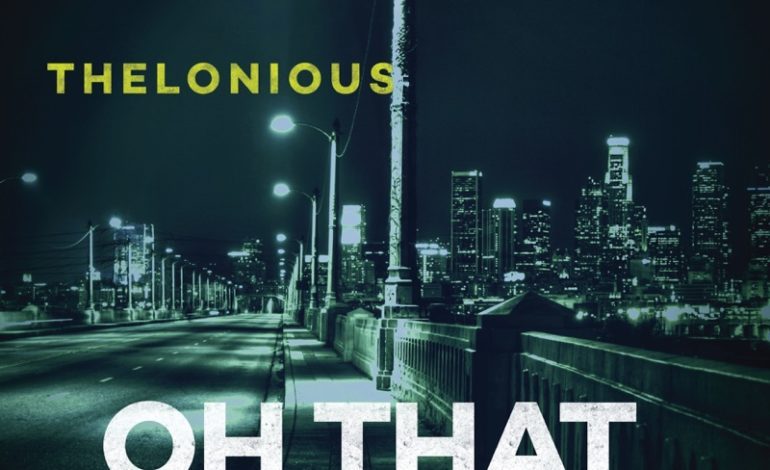

Alt-rock with no roll
Borne out of the lust and cultishness of 1980s Hollywood, the once constantly inebriated rockers of Thelonious Monster broke their musical silence with a new record. Oh That Monster smacks listeners with alt-rock tunes, with a bit of attitude.
Thelonious Monster has to spit out five albums from years of musical transition. But their newest creation starts with an unbreachable wall of distorted guitar riffs and angst in “Disappear.” Singer Bob Forrestʻs high and thin howling screams punk rock, which is abruptly stonewalled by a surf rock energy in “Falling Behind,” discussing the struggle of middle-class Americans with a So-Cal vintage vibe.
But this album also demonstrates the band’s legacy of innovative music. Songs like “Teenage Wasteland” show the artistry behind it all with its pumped out jazz accents, but succeeding it is the gritty and obscure “Sixteen Angels”–almost from a B-side of an Elvis Costello record. Notes of brass wizardry couple the song with the rest of the album in an odd but provocative manner. Itʻs as if Forrest is screaming into the bell of the saxophone, and what came out is the anger of this song. In the same after-hours club, this album seems to stem from, songs like “LA Divorce” allude to the grimy nature of cigarette-singed velvet-upholstered thrones and the audience which sits upon them. “Buy Another Gun” would be next on the setlist perhaps, with the appearance of more vintage rockers.
Thelonious Monster has a stench. Not in a putrid way, but more invigorating or stimulating. Even their more pop-leaning songs arenʻt forcibly cornered into mainstream music. Songs like “Trouble” have the suspense and high tempo of most other alternative rock bands, but they seem to coincide with other tracks in Oh That Monster as well. Downstrummed and tuned out, “Elijah” is both new and old. Mixing acoustic and electric has its perks as it can emotionally drive a song. Though this track is the sonic equivalent of oil and water. Almost anxious, the rhythm is confusing and forced. But more importantly, it resembles countless other bands on the charts today.
Tapering off with “Day After Day” and “The Faraway” seems to reminisce most alt-rock albums. A melancholy vibe and slow rhythm burn a hole in this record, almost insulting to previous tracks. “The Faraway” has the melodramatics of an alternative track, without the power to be its own song. Musical substance is what feeds an album’s ending, and these two tracks are starving.
Returning from a 16-year musical hiatus is never easy. Natural hype of a bandʻs return always falls to people’s innate human nature for perfection after lots of anticipation. Very few artists are capable of recovering from such a long period of hype. Oh That Monster is simply good, not necessarily glorious. It carries some enthusiasm to follow the hype, but not enough to solidify it in musical history. Hopefully, Thelonious Monster can return to those after-hours clubs vibes and record some reformed vintage rock for the much-needed sequel.
